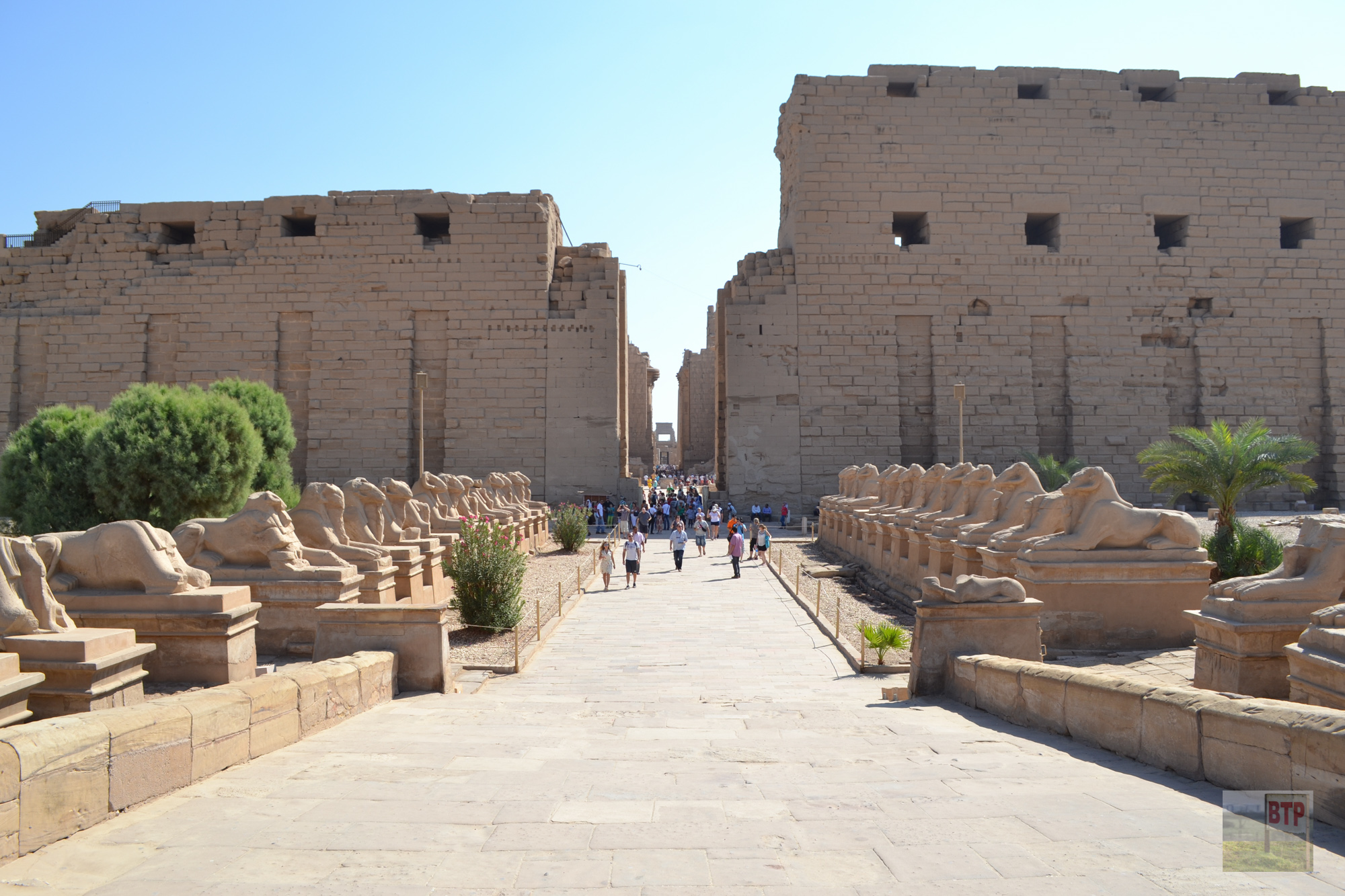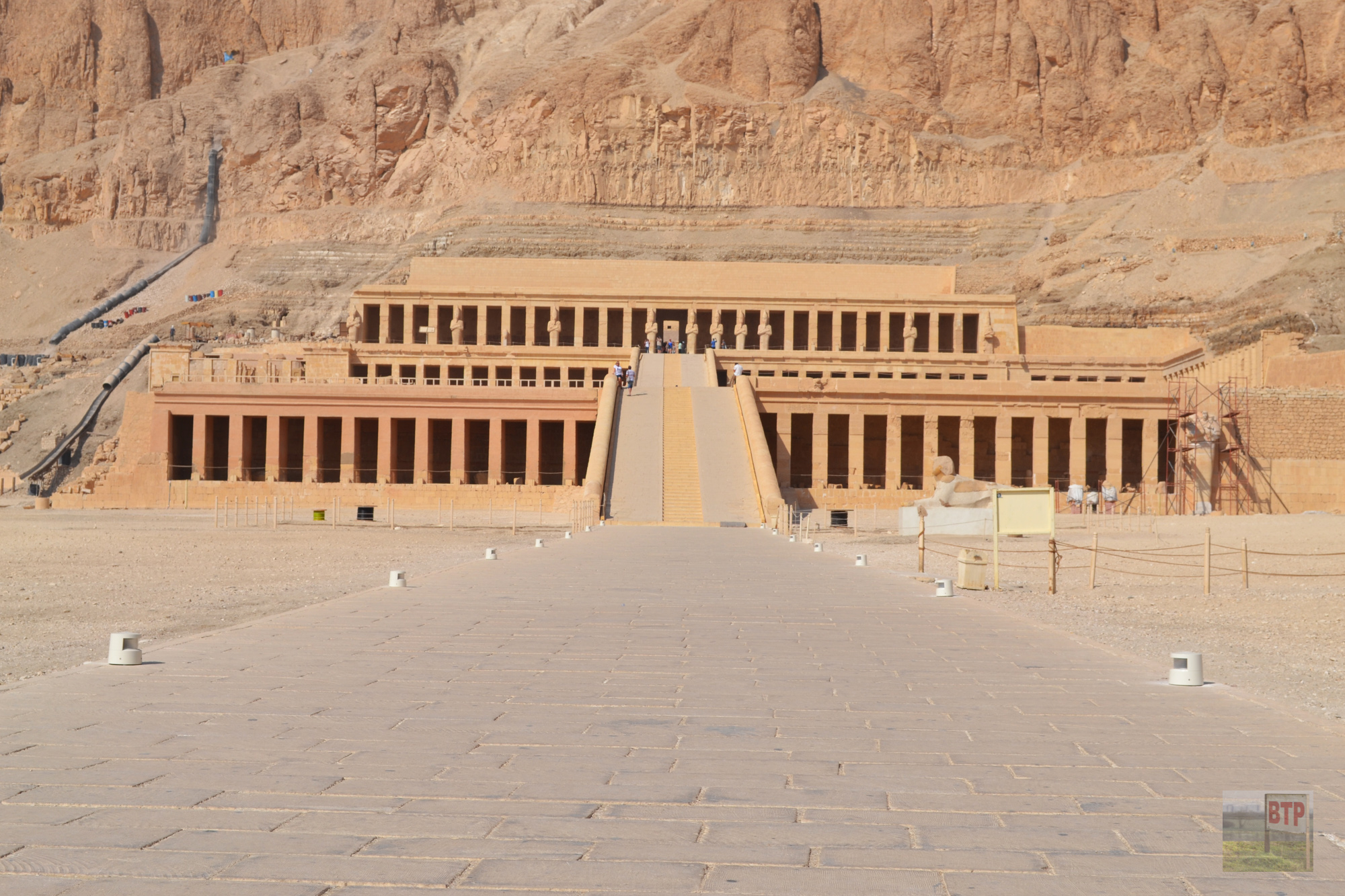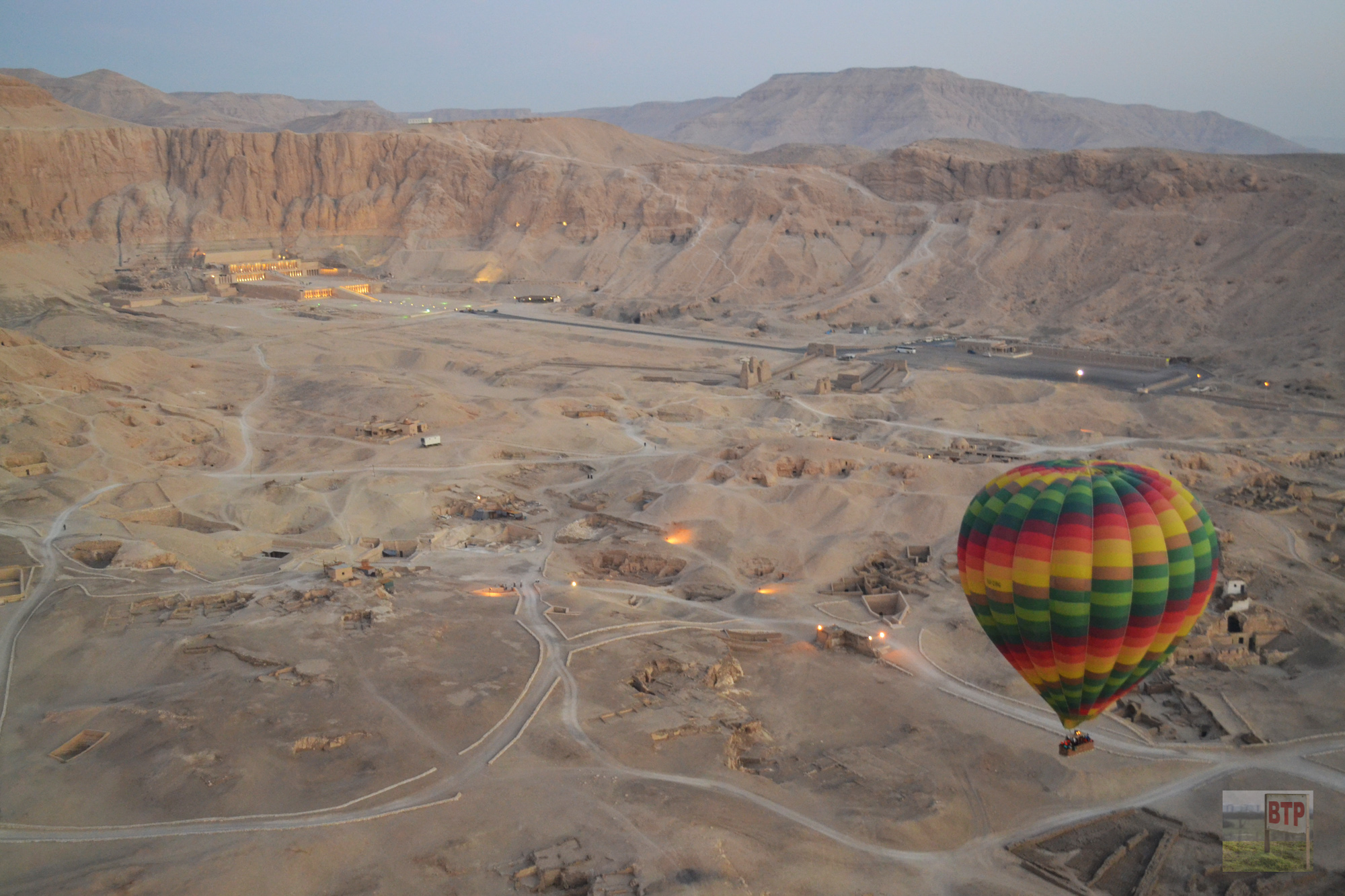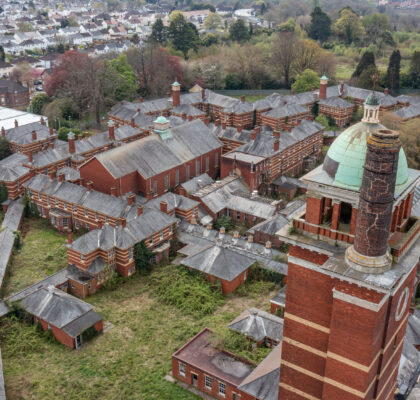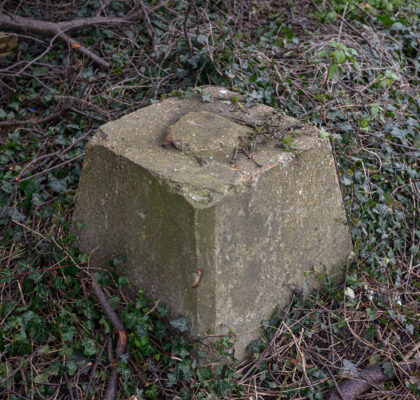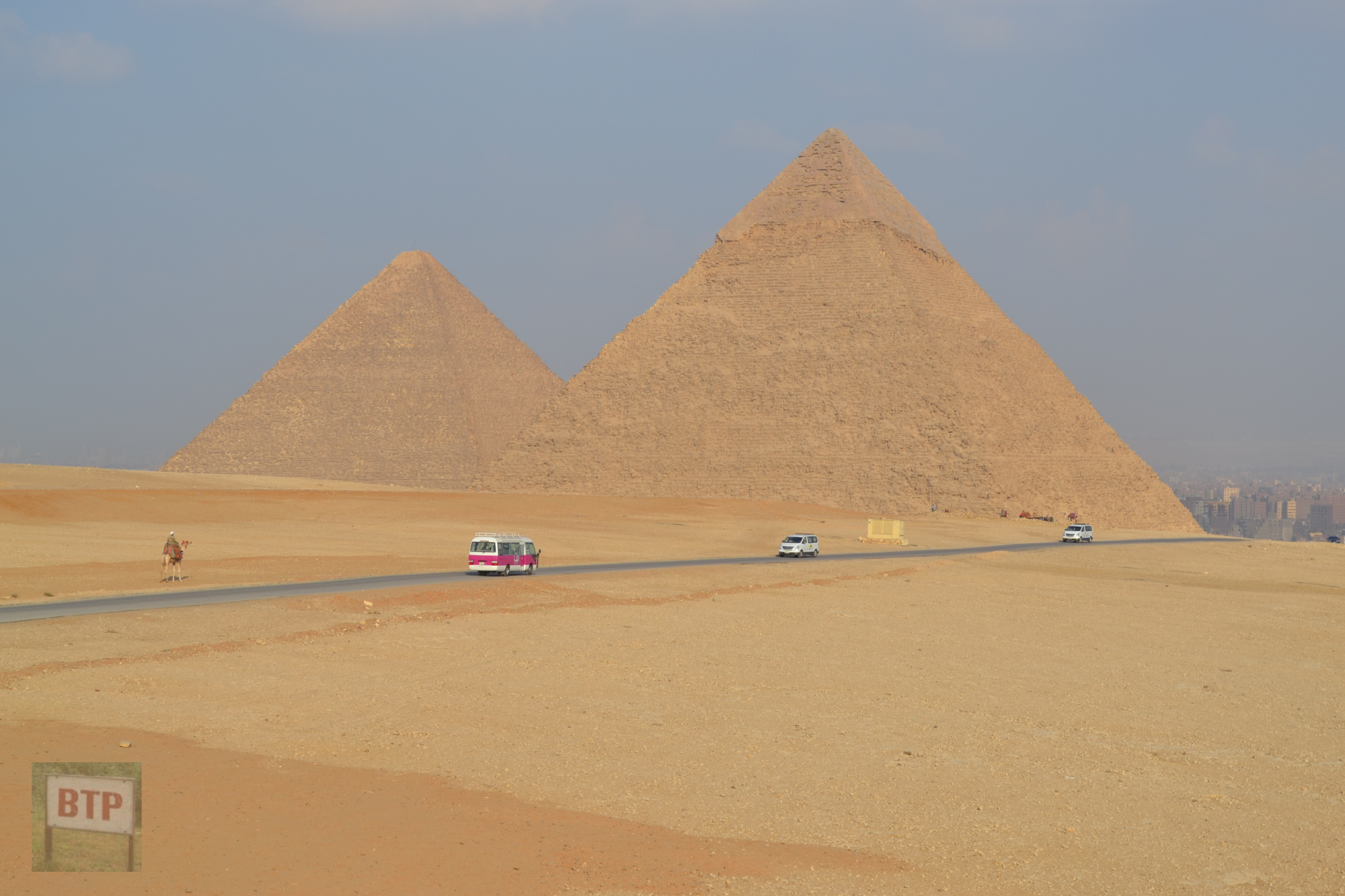
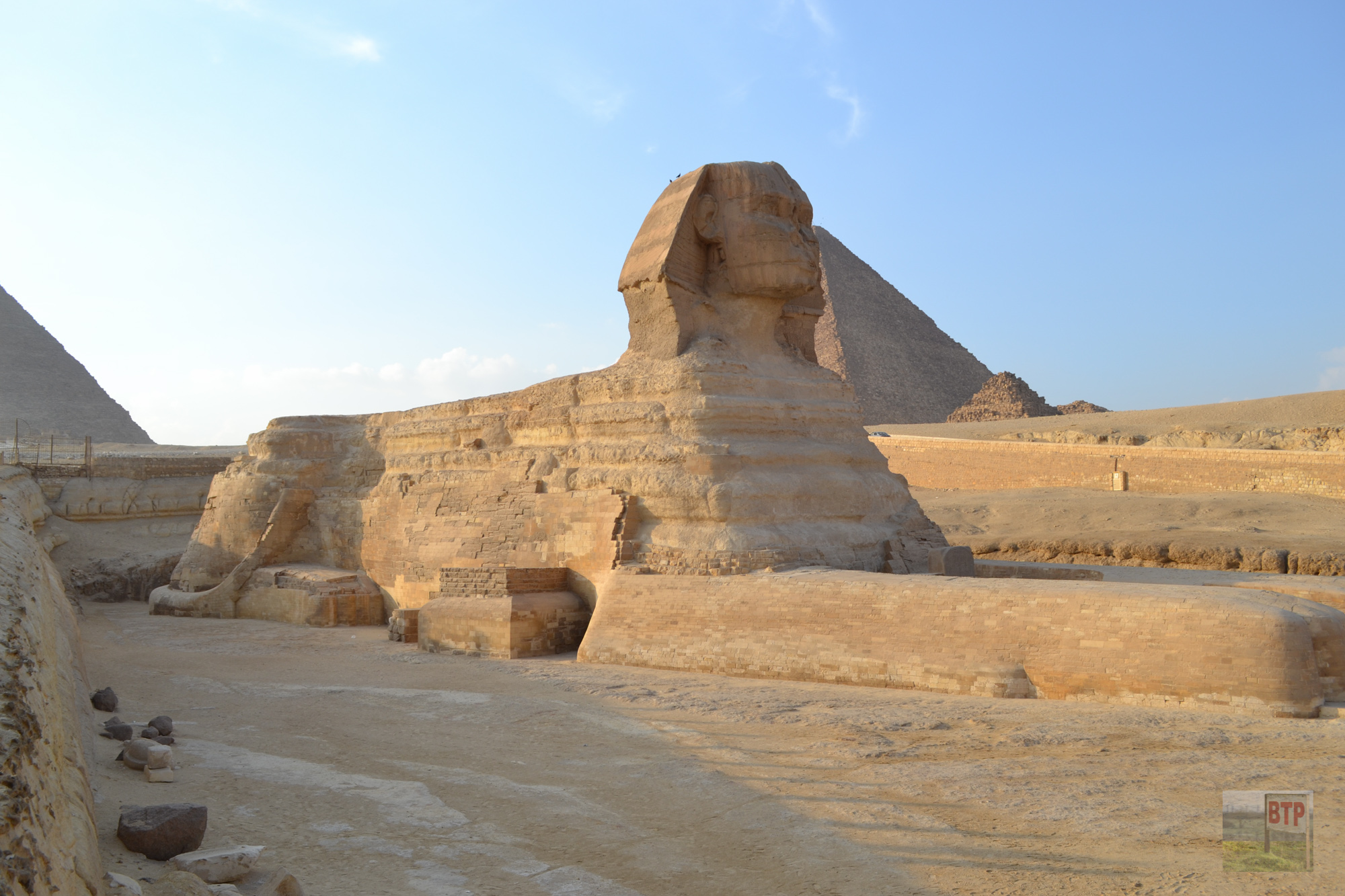
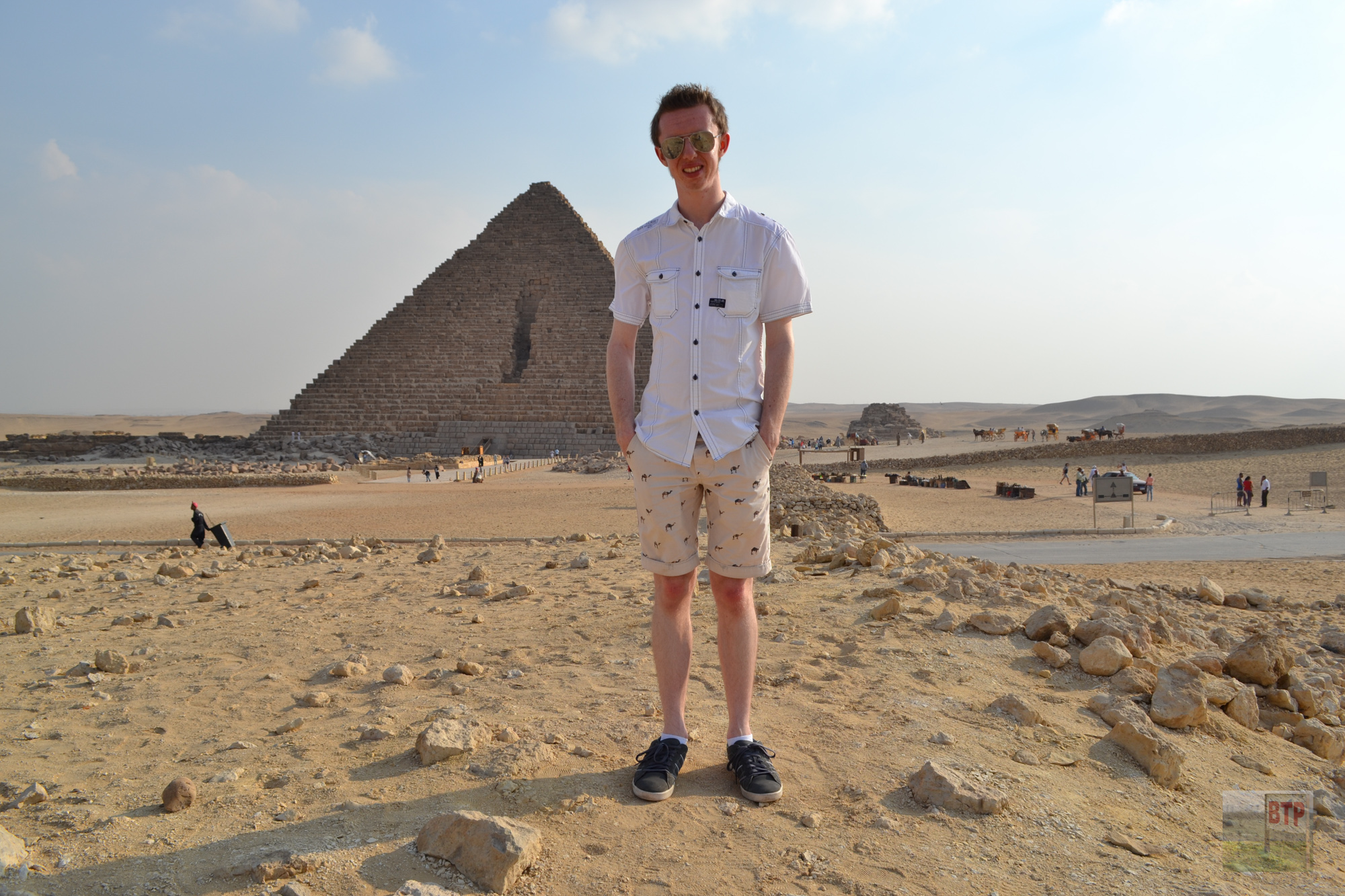
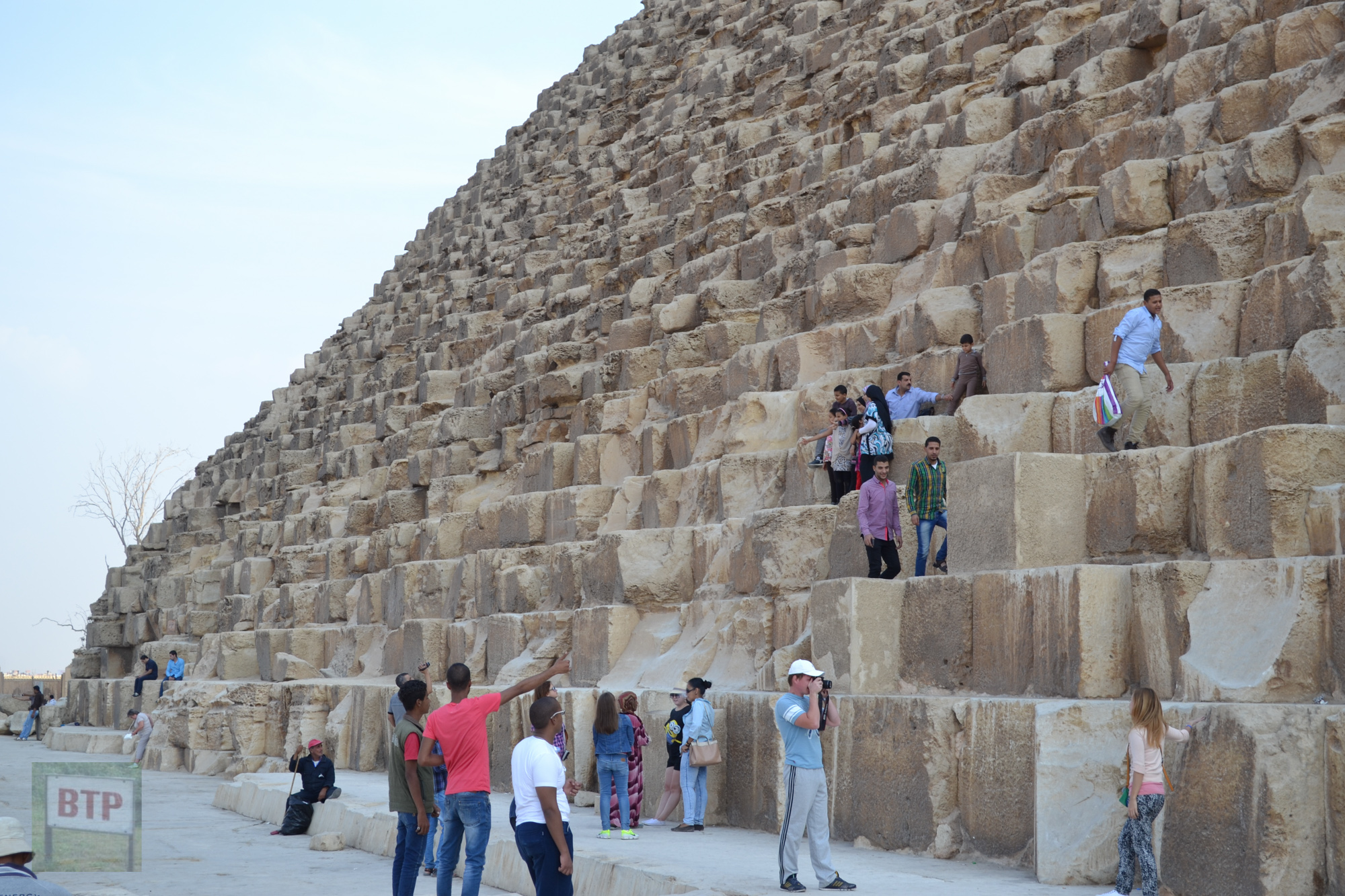
Egypt was once one of the richest and most powerful civilizations in the world and the Great Pyramids of Giza are a symbol of Egyptian strength. The Pyramids are top of the list of the 7 Wonders of the World and attracts millions of visitors every year. The Great Pyramid of Giza is massive at 230 metres wide at its base and 146 metres tall, making it the tallest man-made structure for more than 3,800 years until the Lincoln Cathedral was built.
We certainly do like to go ‘Beyond the Point’ every now and then and BTP Joe jetted off to Africa to visit one of most iconic historical features in the world. Flying out on the day when Russian flight 9268 was shot down in Egypt, BTP Joe explored many sites in Cairo and along the Nile. The Great Pyramid of Giza is the oldest of the Seven Wonders of the Ancient World, and the only one to remain largely intact. Egyptologists believe that the pyramid was built as a tomb over a 10 to 20-year period concluding around 2560 BC, that’s 4,576 years ago, and was the tallest man-made structure for 3,800 years.
Originally, it would have been covered by casing stones that formed a smooth outer surface although today only the underlying core structure remains with the odd bit of casting stone around the base.
Giza or ‘Al Giza’ is a tourist hotspot home to the pyramids of kings Khufu, Khafra and Menkaure. The largest pyramid in Giza, and in the world, belongs to the second king of the Fourth Dynasty, Khufu or “Cheop”. Khufu’s pyramid is Giza’s oldest and, at its great size of 145 metres, became known as “The Great Pyramid”. In fact, Khufu’s pyramid was once the tallest structure in the world! The second largest pyramid in Giza belongs to Khufu’s son and fourth king of the Fourth Dynasty, Khafra (or Khephren). In fact, the elevation on which Khafra’s pyramid is built is deceptive, making it appear larger that his father’s. The smallest of these three kings’ pyramids belongs to the sixth king of the Fourth Dynasty, Menkaure and is one tenth the size of Khafre’s.
As you can see, we have many photos of the exterior of the pyramid, although unfortunately photography isn’t permitted inside.
Construction Facts
- The mass of the pyramid is estimated at 5.9 million tonnes.
- It is thought that building the pyramid in 20 years would involve installing roughly 800 tonnes of stone every day.
- It consists of an estimated 2.3 million blocks. To built it in 20 years (without the luxury of machines), it would involve moving more than 12 of the blocks into place each hour, day and night.
- The largest granite stones in the pyramid, found in the “King’s” chamber, weigh 25 to 80 tonnes and were transported from Aswan, more than 500 miles away.
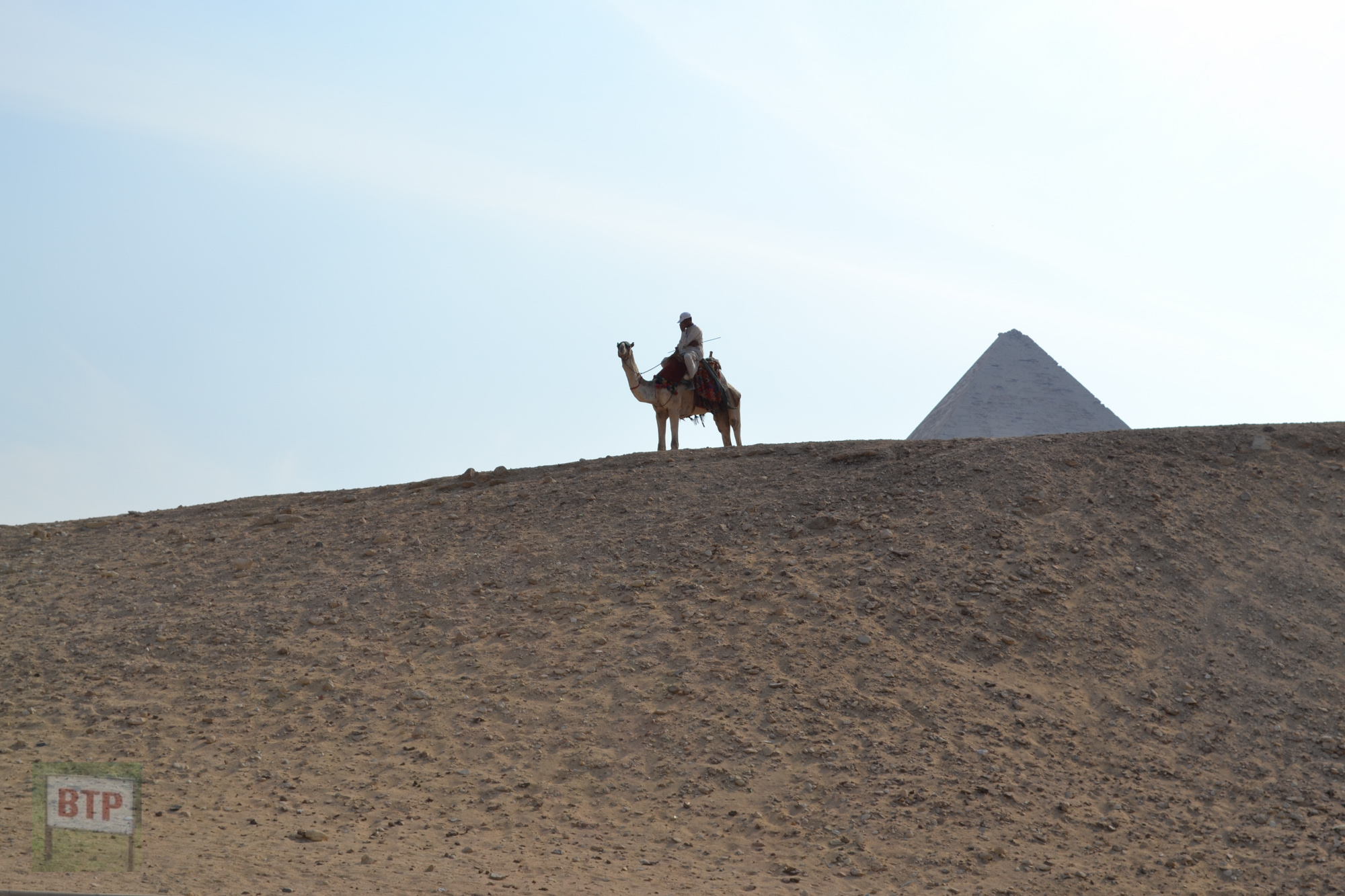
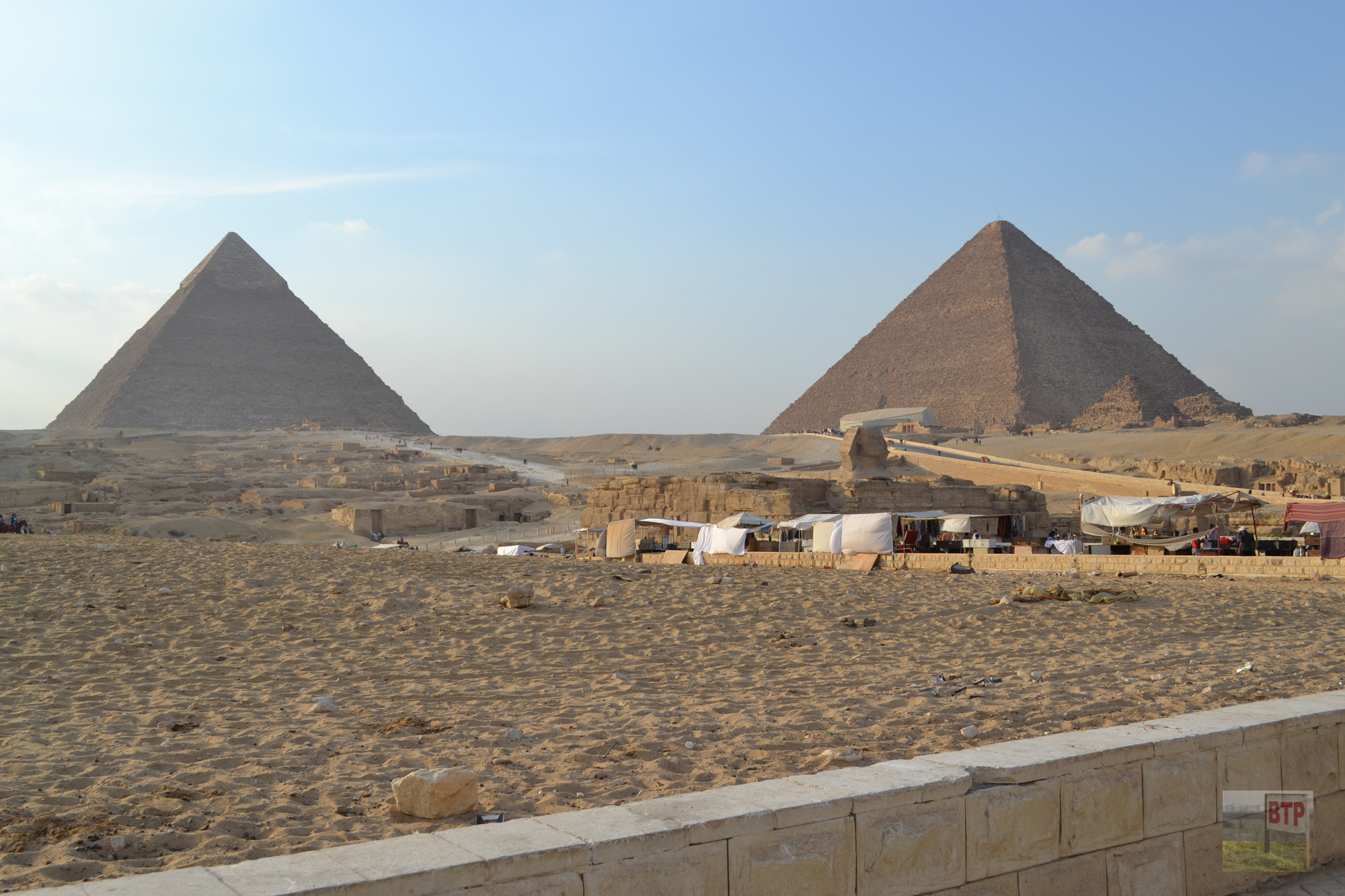
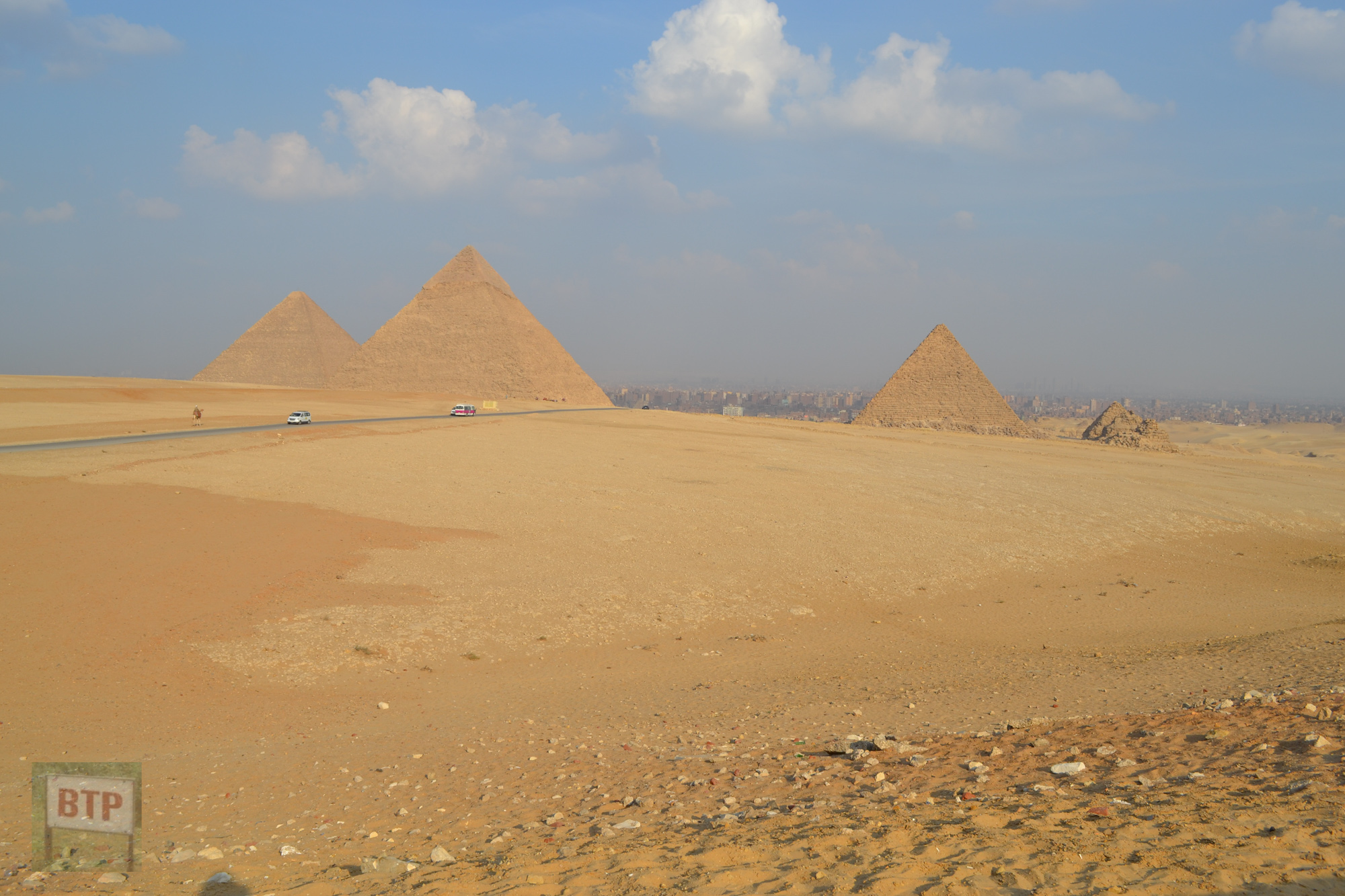
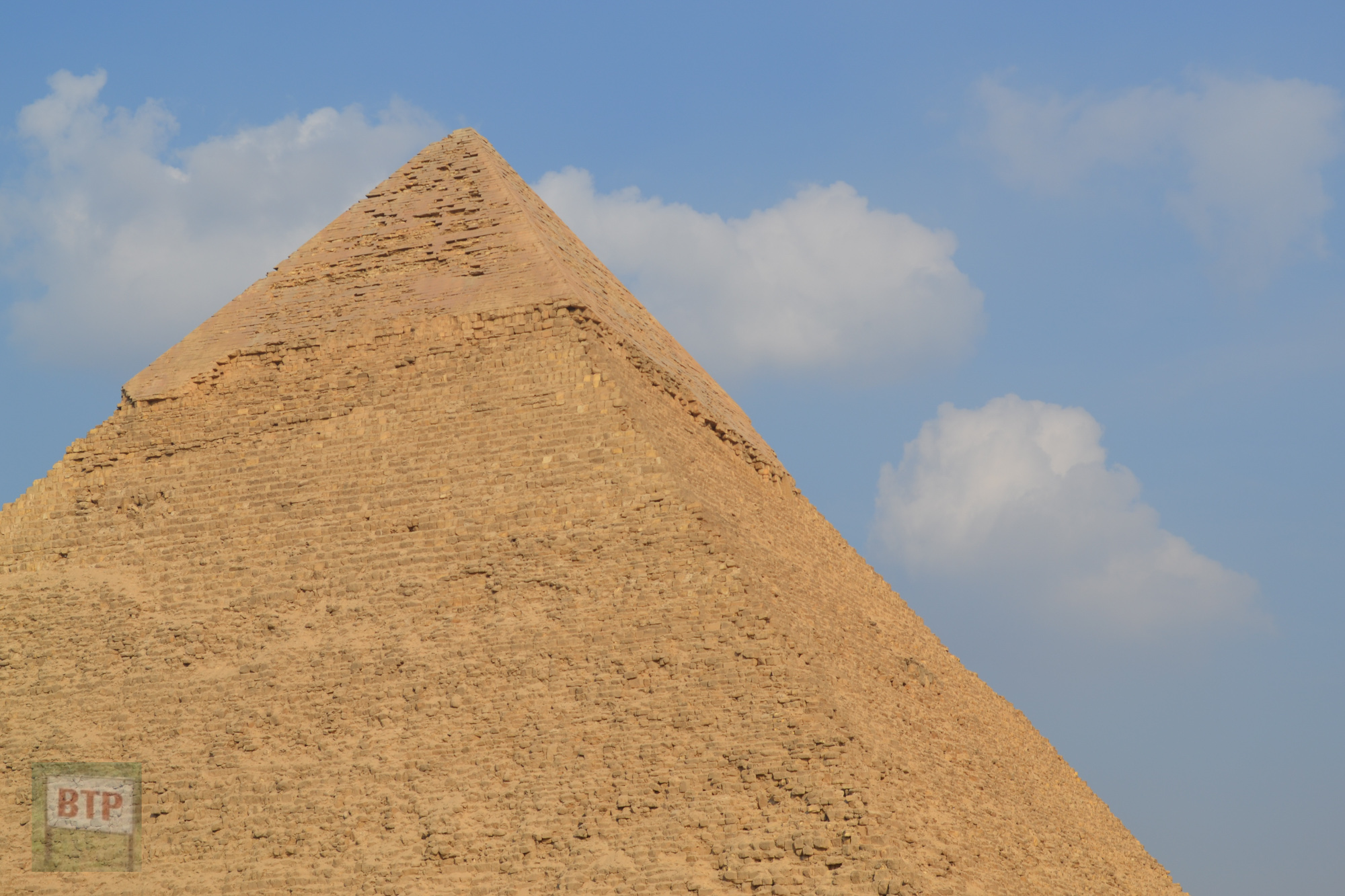
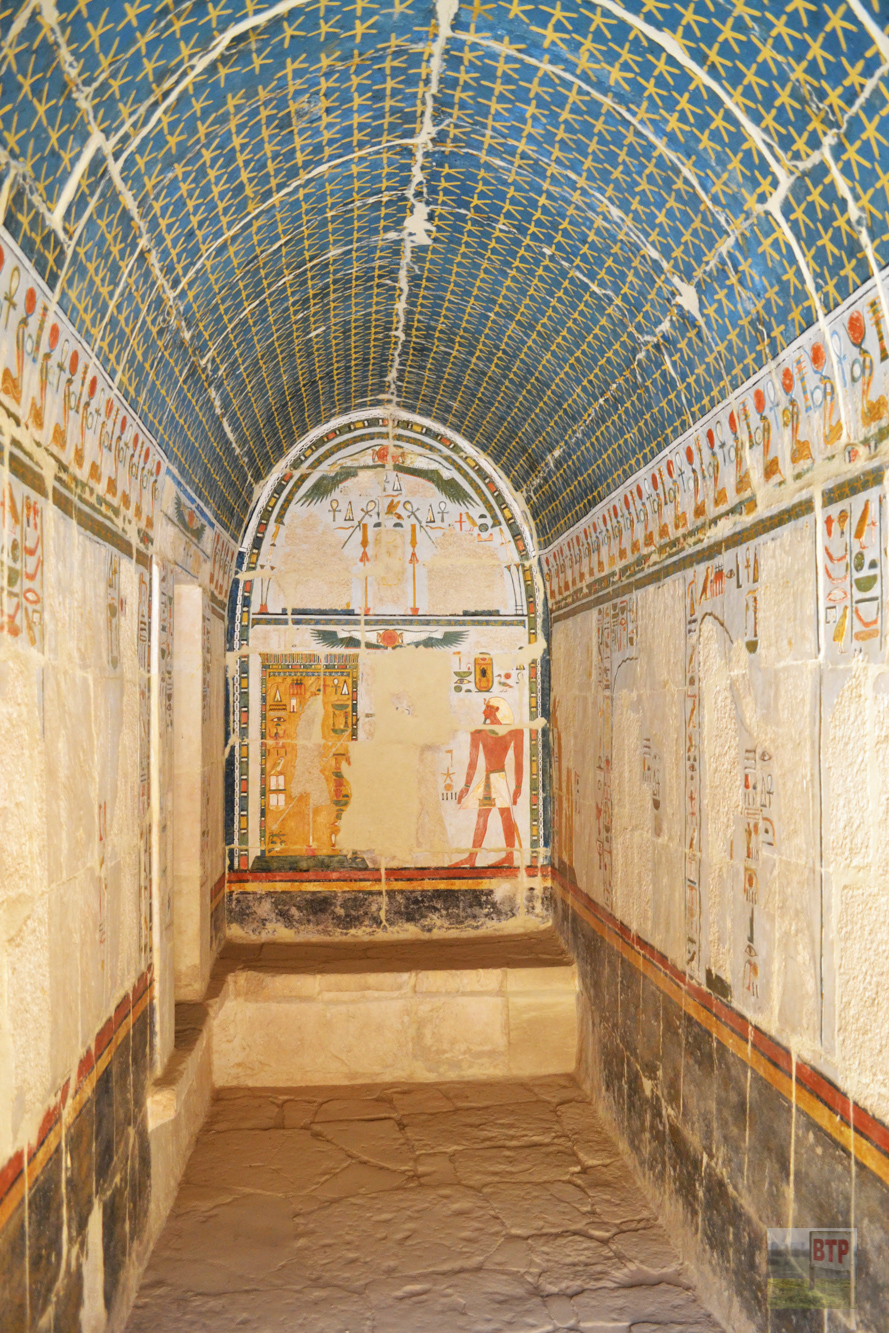
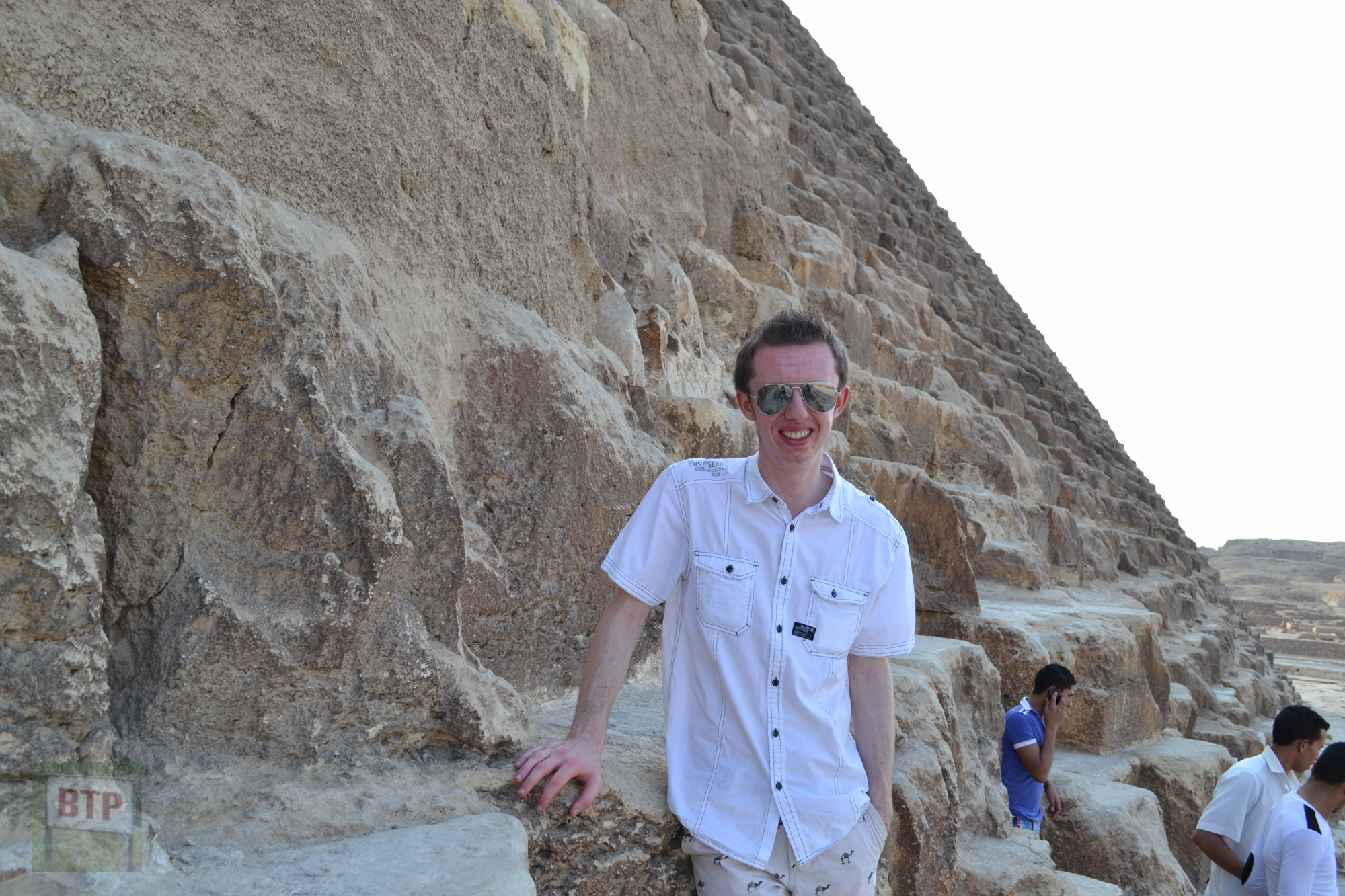
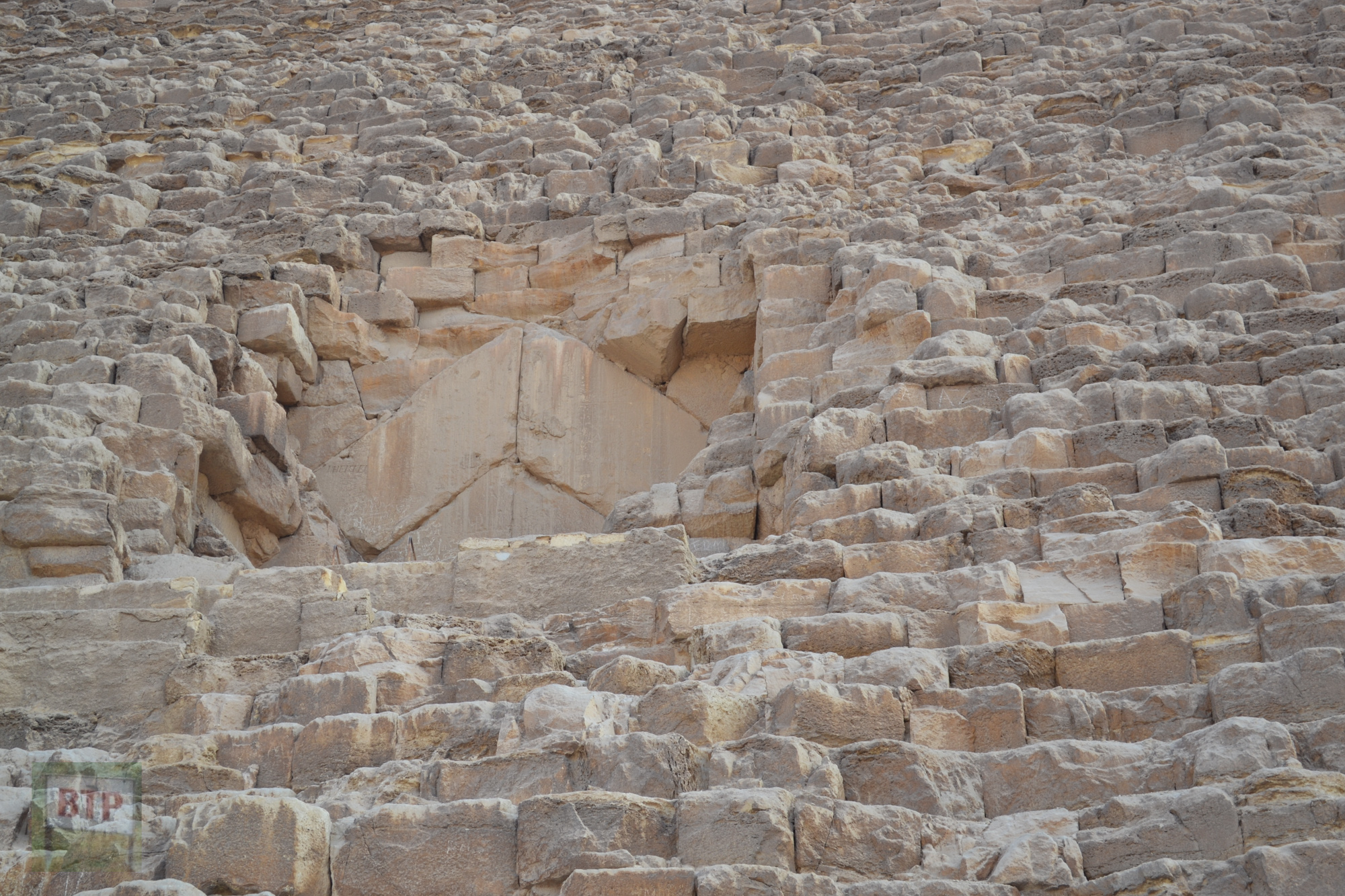
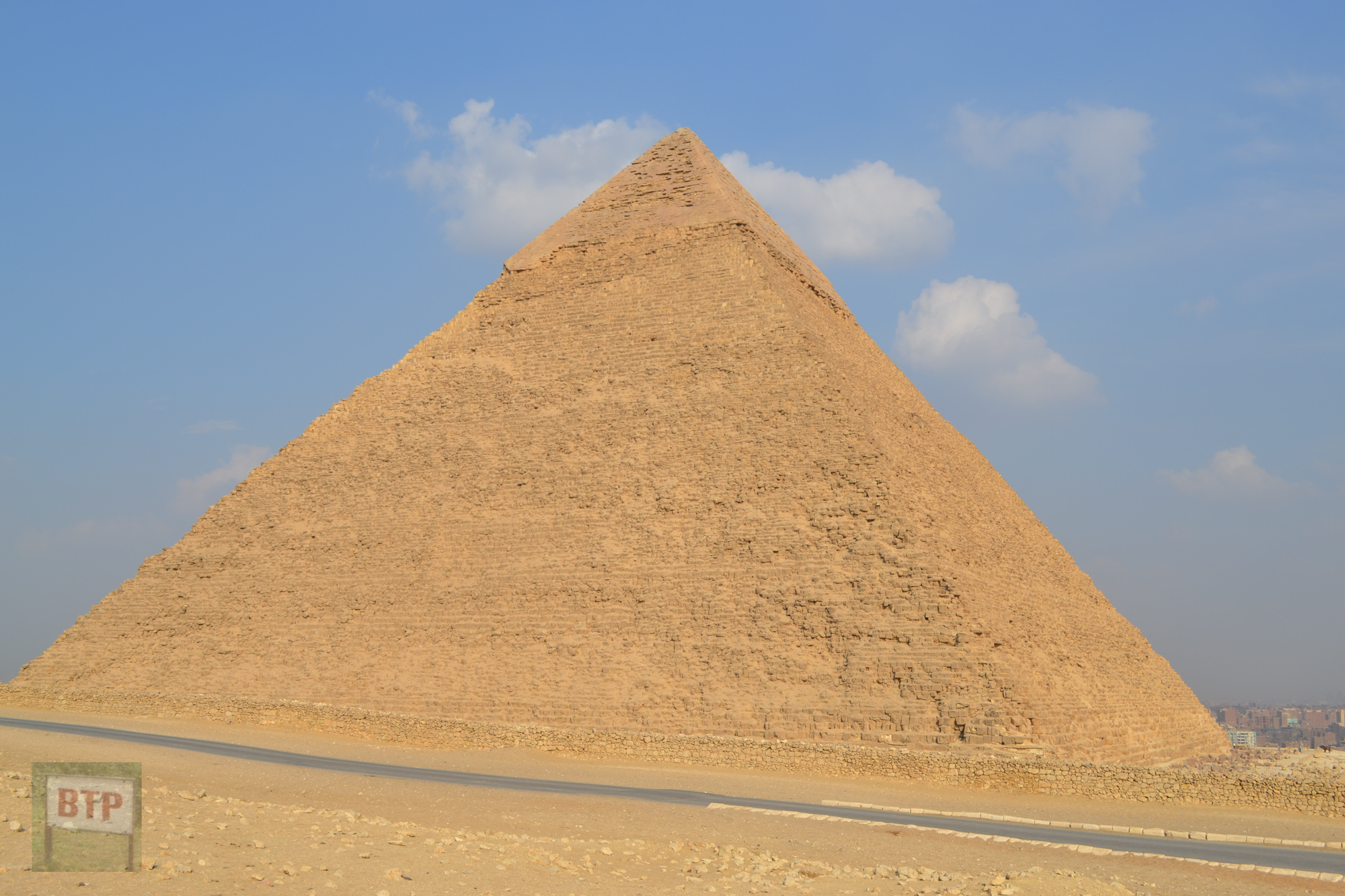
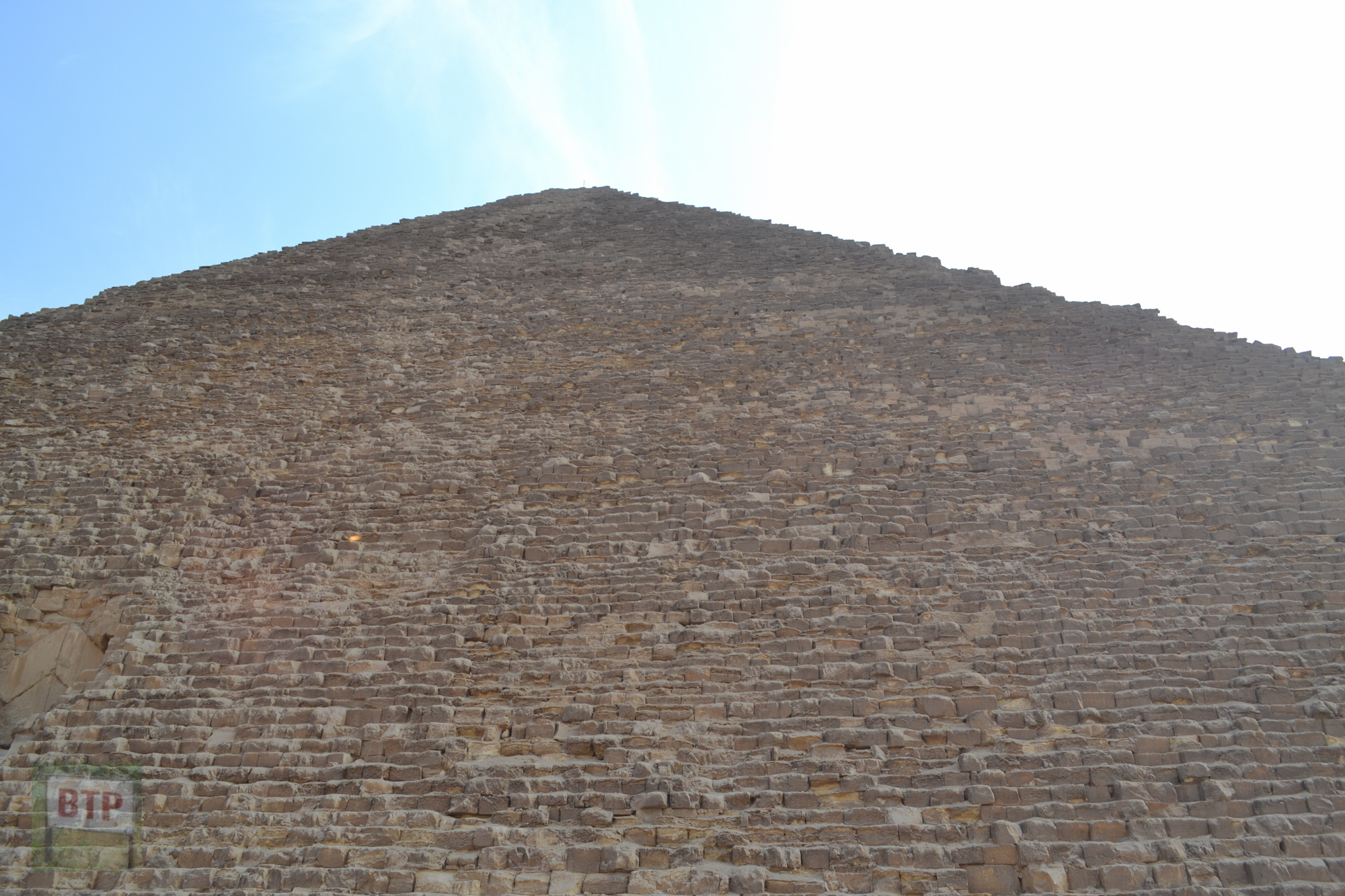
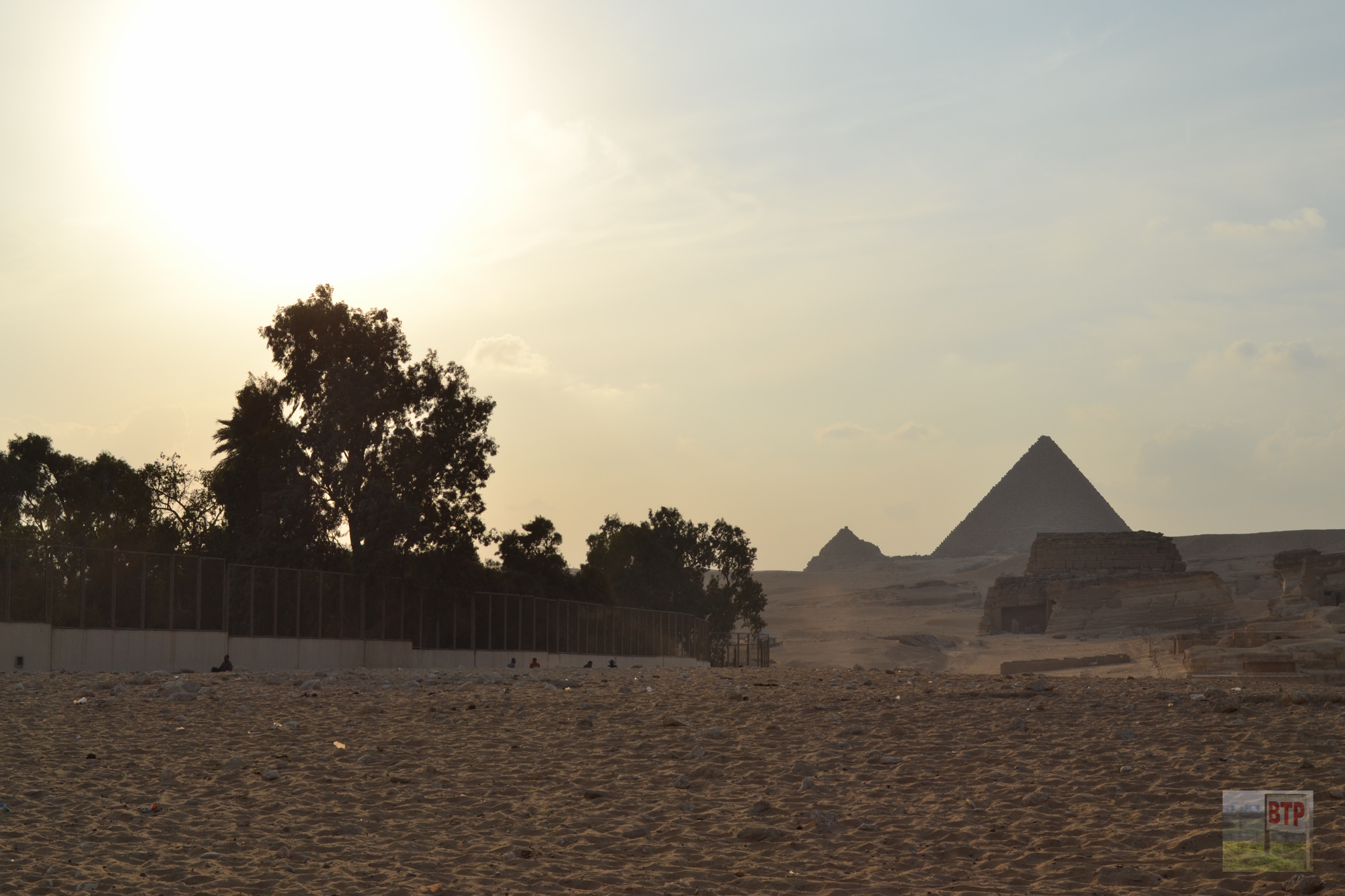
More of Egypt
